#IF creation
Note
How do you do the planning to create an interactive fiction game? I have the general idea for an interactive fiction story but I'm a complete mess when it comes to organizing and planning. Where do I even start?
Hi Anon!
I was waiting for this question to appear at some point, lol :P I spent all day on this....
Create your Interactive Fiction Game
Last February, I detailed my process when working on CRWL. You can read that post here. It is not a perfect (or even good) template to use, since it is specific to that project in particular. I also have a list of programs I am using/have used when creating my projects here!
But, yes, organisation and planning is VERY important when you want to tell a story, no matter if it is in a game or novel. But unlike a novel-like story, you need to add coding on top of it. I would say these are the two big components of IF.
Disclaimer: I am not the Voice of Knowledge when it comes to creating IF, takes this information with a grain of salt and do some research too! :)
Long post, so breaking the post. Here's a Table of Content
1- Gameplay/Visual (aka Choosing your Coding Program)
2- Planning your Story (or Why it is better to start small at first)
~ ~ A- Game Pattern
~ ~ B- From Pattern to Outline
~ ~ C- From Outline to Writing
~ ~ D- Writing Tips
3- Coding the whole thing
~ ~ A- You are stuck
~ ~ B- Test everything
~ ~ C- UI Customisation
4- Publishing and Marketing
~ ~ A- Publishing your game
~ ~ B- Regarding marketing
~ ~ C- Scheduling Updates and expectations
1- Gameplay/Visual (aka Choosing your Coding Program)
Though the story is very important (obviously), it is important to know what kind of gameplay and visual you want for your game because it will dictate what kind of program you should use:
Do you want to make a Visual Novel? Then you might want to look into programs like Ren'Py.
Are you gravitating towards parsers (player entering words/sentences to advance the story)? Inform might be what you need.
Do you just want to give players choices? Twine formats and ChoiceScript seem to be the most popular ones on Tumblr.
Note: There are waaaayyyy more programs that those four, and you may be able push the possibility of what a program can/is supposed to do with enough coding knowledge.
Even in each category, some programs will be more complicated to learn than others. For the Choice-base games for example, ChoiceScript is considered one of the easiest to code in terms of logic and formatting of code. In the same vein, the availability of tutorials/community* to help will make a huge difference in learning the program. And finally, some programs may require some knowledge of other languages (ex: HTML/CSS) for further use/customisation.
Note: While most may be in English, there may be even tutorials/communities in your language! (if you are ESL)
And finally, you may want to think about the visual aspect. Some programs/formats will allow you more customisation than other, whether it be text formatting to complete customisation of the base UI (how the page looks). For example, in Twine (SugarCube/Snowman especially) , you are only limited by your knowledge of HTML, CSS and JavaScript.
P.S.: Some programs, like ChoiceScript, are not open-source.
A good way to know what kind of program you want to use is to look at tutorials online and test it yourself too.
2- Planning your Story (or Why it is better to Start small at first)
Now that you've settled on a coding program, it is time to work on a story.
If it is your first time, the best advice I can give you is to start with a small and contained stories. The learning curve can be daunting when starting, more so if the project is complicate and long. Starting short and easy won't feel too overwhelming, you will learn what works best (or doesn't work) for your creating process AND it makes it easier to learn coding in your chosen program. Starting with a full-blown RPG with extensive Combat Mechanics and hundreds of long-ass quests is not a good idea if you've just begun with the program.
You can even take advantage of Jams to test your skills/ideas or request feedback on IF Discords Communities or in the IF Forum.
But whether your story is large or small, the planning part should be very similar.
A- Game Pattern
So you have an idea for your IF, great! Now let's think about patterns, or how will the story be told. Do you have a linear story in mind leading to one important finally choice? or do you want a lot of branching with many endings? Or even a lot of choices culminating in one final event?
Knowing about pattern will help you plan the story and define important events to happen. It will also make you think of variations to take into account and what kind of action you'd need to reach a certain part of the story. Obviously, you don't have to stick to one pattern (as you work more on the story), but it helps.
I really like this blog post detailing the different patterns of CYOA games. [I used it when creating MtP]
B- From Pattern to Outline
With that general idea of how the story should pan out, we can start fleshing it out a bit more. I often use the "Funnel Technique" when I create my stories (big picture to small details), but it may work more for linear stories rather than very branching ones. It goes something like this:
Start with your general idea: genre, theme, world, time period, etc... But stay general. You don't need to go into too much details at first.
List your big events and make a timeline: what is the conflict to push the story forward? why does it happen? what does character should learn from it? what can they do to resolve it? etc...
Do the same with other smaller plots (if you have them!): every plot needs a reason for it to happen.
Combine the timelines: not only some beats will need to happen before others (especially if they are the catalyst of the next one), this will help you to know when to introduce a certain character/lore/etc...
Delimit your chapters: with your timeline, you can now break it off into smaller chapters (you can include what important action/information each chapter should have).
And here is your outline!
During this process, it is a good idea to keep note of everything you can think of: characters background/personality, important lore of your world, etc...
It is also then where you may want to think of aspects to track (relationship, choices, etc...) and give it a name.
While you don't have to research things at this stage, it may help you if you are working with a topic/setting you are not familiar with.
C- From Outline to Writing
Now that you have your outline and your timeline, you are closer to writing :D You could decide to write away, or you could plan your chapter a bit further.
I usually do the later, as it helps me think of possible places to include choices or variation for the player. [This is also where the graph comes into place] I even go a bit further and plan each passage (text screen), making notes of what the player will see (dialog, action, description...) and if there is variation to include. This last part is very much detailing work, and helps me with writing.
After all this, it's time to write!
D- Writing Tips
Here are some stuff that I do to help me not get overwhelmed when I write and help me to be organised when I code:
The "one page per screen" technique, where you add breaks between each screen/passage, can be helpful to demarcate each part of the chapter/scene you are writing. Headers or links with a table of content can also be helpful !
While it matters little at the beginning, tracking choices and consequences of those choices and important variables will help with continuity and variation. For example, if you give the player the choice to set their height, you should take this into account if the MC goes into tight spaces. Similarly, if the player chooses to confront someone, the next page should probably not have a romantic tone.
Use colour code, comments or formatting when writing to separate choices (link list or cycling options, etc...) or variation for a tracked variable (ex: tone of voice, physical change, etc...) from the rest of the text. This will help when coding.
While writing, if you get ideas to include further into the story (ex: new choice, mechanic, sub plot, etc...), write it down on a separate page and only come back to it when you are do writing the part/passage/scene/chapter. A sudden idea might seem fitting but may push you towards a dead-end.
Edit Edit Edit! 1st drafts are awesome, but it can always be improved [Cough cough, not calling myself out at all, Cough cough]. Using Grammar Checks is immensely helpful (more than one, since none will focus on the same aspect of writing). And Beta/Sensitivity readers are godsent!
3- Coding the whole thing
When your story is ready (or part of it you are ready to release), you will need to code it.
The best advice I have for this is to code your story first and make sure it works. It can be tempting to deep dive into the formatting of the page (especially if the program you chose enables you to customise it extensively). An IF can look amazing, but if it breaks everywhere, it is not going to be fun to play.
A- You are stuck
And don't worry, it happens to every one! Coding can be a difficult puzzle to solve, even with the solution right under your nose.
The most important advice I can give is to always refer to the official documentation or look for tutorials online (other may have come across the same issue before you).
If nothing helps, there are often coding communities (that focuses on the format/program you are using) where you can ask for help (Discord/Forum, etc...). Do not be afraid to ask for help!
B- Test Everything
And when you are done, test again. Testing/Playing (whether by yourself or with Beta Readers) is the only way to catch errors.
Similarly, if you want to add some custom code to your project or use a built-in functionality, but don't know if it works, the best way to find out it to try it out! Read the documentation, play with the code and test it.
C- UI Customisation
This part will be highly dependent on which program/format you are using. While CSS/HTML is the same anywhere, it's implementation can differ greatly. Be sure to check the official documentation about the matter.
If the program allows you for customisation, this can be loads to fun to edit your UI to make it look however you want. Like the previous point, this can need a lot of testing too.
If you are just starting, having the basic UI is just fine :) You can always change it down the road. But if you want to zhuzh it up, here are some elements you can consider when editing:
Colour palette fitting your story. Steer away from bright colours if your story is dark, and vice versa.
Image in the background can make text hard to read. Having a block of colour between the text and the image will make reading much easier.
Colour contrast is IMPORTANT. Readability is easy to mess with when having multiple colours, use this website.
Simple is usually better. A complicated or busy page will be distracting. Stick to simple.
Use a template. This is more of a SugarCube comment, but if a template is available (and you like the vibe), use it. It will make editing your UI easier (tag or link to the creator in your game page/post).
If you can: remember to make your project as accessible as you can (with your knowledge). Colour contrast (maybe dark/light mode), Font change (font, size, etc...), limit or toggle animated text/images, etc...
4- Publishing and Marketing
A- Publishing your game
There are many places on the internet where you can publish your IF projects. Different formats will congregate towards different websites. For example: Dashingdon hosts only ChoiceScript, Itch has anything and everything, Steam will require a fee to publish there. You can also host your projects on other platforms or your personal website (ex: Neocities allows it), though you might want to stick to places where there is an established readership. In any case, follow the selected website's instructions for publication.
If you have a working and published demo (or finished game), I'm nudging you to create a page for it on the IFDB. There, people can leave long reviews and rate your games! You can also Archive your project to preserve it. [SAY NO TO LOST HISTORY]
B - Regarding marketing,
If you are lucky, the algorithm god will pick up your game and show it to everyone. You'll get thousands of readers and hundreds of ratings. You'll always be on everyone's top page and you will go viral.
But if you are not (like most of us), you can start building a readership on social media. Tumblr had a substantial community for IF, Twitter has quite a lot of game developer, Mastodon is a thing I think?, and there are a handful of Discords and Forums dedicated to Interactive Fiction. Having a presence and be reachable is unfortunately important.
Some random points:
Announce your project before you publish it, but be close to be ready to put it online when you do so!
Do not "sell" your project on something you are not sure you can achieve (ex: game mechanic, complicated romance, etc...), just to set expectation.
Have an introductory post with a synopsis and links to the game/demo (if available) and important known aspects (genre/theme/TW). Depending on the genre, you may want to include short intro of some characters.
Make pretty pictures for your posts/game page (Canva is free-ish)
For ChoiceScript: having a CoG Forum page seem to be important for reader interaction and getting feedback.
On Tumblr: submit your project to directories like @interact-if, follow and interact with other IF authors, answer asks, do Tumblr stuff...
On Itch, consider introducing your published project in the Community section, write devlog for updates or discussion, answer comments, review other IF games...
Discord: some IF/Coding discord allows you to promote your projects there, take advantage of that.
Be upfront about your boundaries and keep them! (less marketing, more of a social media interaction thing)
C- Scheduling Updates and expectations
Unfortunately (and I say this as someone who is really bad at it), having a regular update schedule may be the best thing you can have for your project, especially if it is a long WIP. This can help keep your readers engaged with your content. If you have longer breaks between updates, writing prompts can be a nice substitute.
If regular is not possible (which is totes super fine! don't burnout on something fun), have clear communication about the state of the project. Set specific upload dates (ex: 12-Oct-22) when you are close to release it, have vague ones (ex: end of the year) when you are in the early stages. This will help with expectations and disappointment.
Do not promise more than you can do. That's pretty self-explanatory. And fix bugs you receive as soon as you can.
AND! And I can't stress this enough. IRL should always come before updating your WIP/publishing content. You should never force/push yourself to do so if you are not enjoying it. Do not be like me and hurt yourself. No amount of notes/readers is worth the hurt!
TLDR: Do not be like me, be better.
Right. I think that's it.
102 notes
·
View notes
Text
One massive, legitimate way to improve as a writer or artist or in any creative endeavor really, is to become absolutely obsessed with something and to allow yourself to be weird about it. Genuinely mean this btw.
#dc comics#disco elysium#shakespeare#hamlet#scott pilgrim#<- all this things have made me a better#writer and artist for both fan creation#and for my own original work#literal life hack#allow yourself to become obsessive and cringe to a certain degree#birdy chirps
50K notes
·
View notes
Text
I was meeting a client at a famous museum’s lounge for lunch (fancy, I know) and had an hour to kill afterwards so I joined the first random docent tour I could find. The woman who took us around was a great-grandmother from the Bronx “back when that was nothing to brag about” and she was doing a talk on alternative mediums within art.
What I thought that meant: telling us about unique sculpture materials and paint mixtures.
What that actually meant: an 84yo woman gingerly holding a beautifully beaded and embroidered dress (apparently from Ukraine and at least 200 years old) and, with tears in her eyes, showing how each individual thread was spun by hand and weaved into place on a cottage floor loom, with bright blue silk embroidery thread and hand-blown beads intricately piercing the work of other labor for days upon days, as the labor of a dozen talented people came together to make something so beautiful for a village girl’s wedding day.
What it also meant: in 1948, a young girl lived in a cramped tenement-like third floor apartment in Manhattan, with a father who had just joined them after not having been allowed to escape through Poland with his pregnant wife nine years earlier. She sits in her father’s lap and watches with wide, quiet eyes as her mother’s deft hands fly across fabric with bright blue silk thread (echoing hands from over a century years earlier). Thread that her mother had salvaged from white embroidery scraps at the tailor’s shop where she worked and spent the last few days carefully dying in the kitchen sink and drying on the roof.
The dress is in the traditional Hungarian fashion and is folded across her mother’s lap: her mother doesn’t had a pattern, but she doesn’t need one to make her daughter’s dress for the fifth grade dance. The dress would end up differing significantly from the pure white, petticoated first communion dresses worn by her daughter’s majority-Catholic classmates, but the young girl would love it all the more for its uniqueness and bright blue thread.
And now, that same young girl (and maybe also the villager from 19th century Ukraine) stands in front of us, trying not to clutch the old fabric too hard as her voice shakes with the emotion of all the love and humanity that is poured into the labor of art. The village girl and the girl in the Bronx were very different people: different centuries, different religions, different ages, and different continents. But the love in the stitches and beads on their dresses was the same. And she tells us that when we look at the labor of art, we don’t just see the work to create that piece - we see the labor of our own creations and the creations of others for us, and the value in something so seemingly frivolous.
But, maybe more importantly, she says that we only admire this piece in a museum because it happened to survive the love of the wearer and those who owned it afterwards, but there have been quite literally billions of small, quiet works of art in billions of small, quiet homes all over the world, for millennia. That your grandmother’s quilt is used as a picnic blanket just as Van Gogh’s works hung in his poor friends’ hallways. That your father’s hand-painted model plane sets are displayed in your parents’ livingroom as Grecian vases are displayed in museums. That your older sister’s engineering drawings in a steady, fine-lined hand are akin to Da Vinci’s scribbles of flying machines.
I don’t think there’s any dramatic conclusions to be drawn from these thoughts - they’ve been echoed by thousands of other people across the centuries. However, if you ever feel bad for spending all of your time sewing, knitting, drawing, building lego sets, or whatever else - especially if you feel like you have to somehow monetize or show off your work online to justify your labor - please know that there’s an 84yo museum docent in the Bronx who would cry simply at the thought of you spending so much effort to quietly create something that’s beautiful to you.
#shut up e#long post#Saturday thoughts#this has been in my drafts for a week haha#also this is the heart of why AI art feels so wrong#forget the discussion of copyright and theft etc - even if models were only trained on public domain they would still feel very wrong#because they’re not art. art is the labor of creation#even commercial art and art commissioned by the popes and kings of history: there is humanity in the labor of it#unrelated: I did not know living in the Bronx was now something to brag about. How the fuck do y’all New Yorkers afford this city???
26K notes
·
View notes
Text
People who were spoiled as children (or are spoiled children) are usually depicted as unpleasant monsters who insist on getting their way always, and for sure they exist but I’ve also met a lot of spoiled people, children or adults, who were super nice and generous because they were brought up with the knowledge that if they let someone else have something or give away one of their possessions they’d just get another one and that carries over into adulthood where they might not get another one but they still don’t feel the same attachment to material things.
So in my experience whether spoiled people are unpleasant have more to do with the values instilled in them by their parents as well as their general personality. I know one boy who won’t give anyone anything despite his parents giving him everything he wants and another who will hand you his entire birthday cake if you ask because he trusts that you’ll share it with him and if not his mom will get him another.
So nice spoiled people in fiction like Carlotte from Princess and The Frog aren’t unrealistic but they are probably a lot less satisfying for a lot of people.
15K notes
·
View notes
Text


CHALLENGERS (2024) dir. Luca Guadagnino
#tashi duncan#tashi donaldson#challengers spoilers#challengers#challengersedit#challengers 2024#zendaya#my creations*
8K notes
·
View notes
Text



the joy of creation :3 !! (anything worth doing is worth doing badly)
#mine#cats#original#i have not been feeling very joy of creation but alas. i must create#it is my calling and also my job#i hope everyone has a good week ! :3 be filled w joy and whimsy etc
8K notes
·
View notes
Text

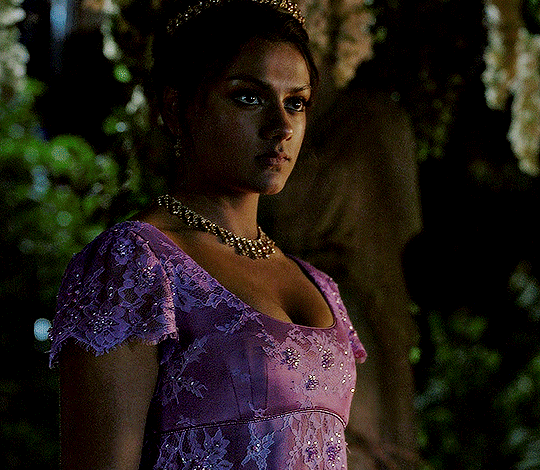

Season 1 // Season 2 // Season 3
#bridgerton#bridgertonedit#perioddramaedit#gifs#creations#ines#s1#1x04#s2#2x07#s3#anthony x kate#daphne x simon#colin x penelope#simon basset#daphne bridgerton#kate sharma#anthony bridgerton#colin bridgerton#penelope featherington
9K notes
·
View notes
Text
All of us right meow:

#boop#boop o meter#april fool's day#tumblr culture#cats of tumblr#the creation of boop#best 5 am activity ever ❤️🔥#sleep is for the weak#ytilaremehpe-sselhtaed
12K notes
·
View notes
Text



STAR TREK - S3E10 Plato's Stepchildren
#trekedit#star trek#star trek tos#james t kirk#william shatner#star trek*#tos*#kirk*#tos 3x10#my gifs#star trek's gone woke by which i mean it went woke with its creation back in the 1960s
11K notes
·
View notes
Text
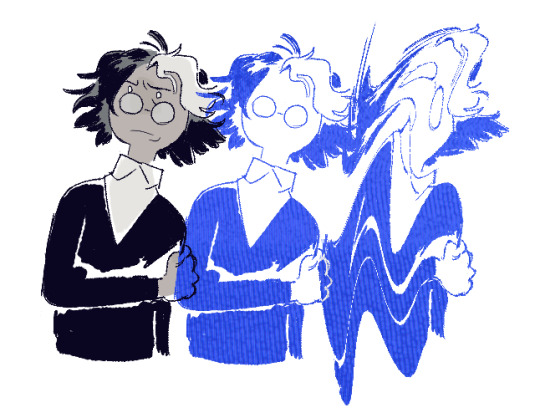
change the channel, please
#simon petrikov#adventure time#fionna and cake#lab creations#of course i'm insane about him. of course
18K notes
·
View notes
Text
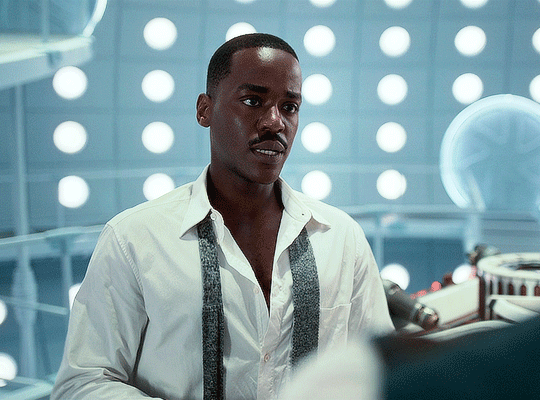


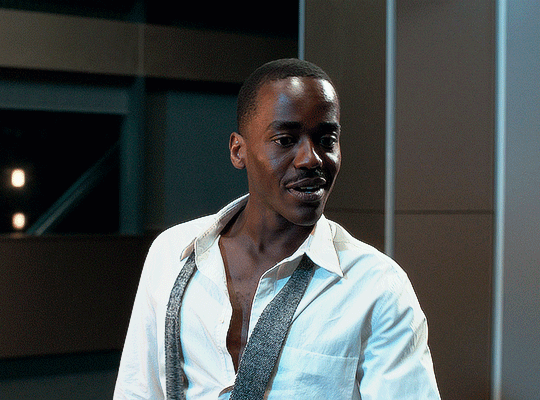

NCUTI GATWA | The Giggle
#dwedit#doctor who#ncuti gatwa#biafrnc#usertennant#*mygifs#*creations#dw spoilers#already one of my favorites!!
21K notes
·
View notes
Text
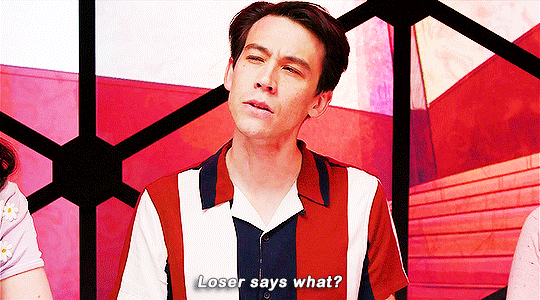
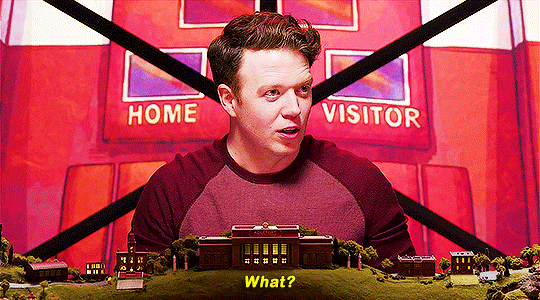
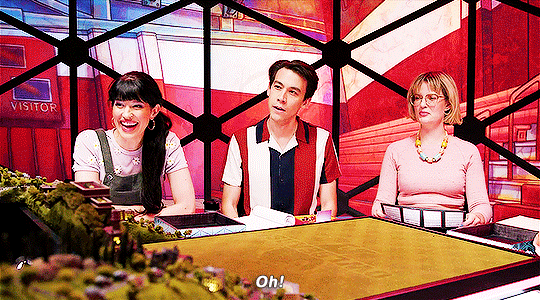

Loser says what?
7K notes
·
View notes
Text
There's a version of the "don't go grocery shopping while hungry" rule specifically for writers where you should never under any circumstances be allowed to touch your draft within 3 hours of reading a really good story. Because sometimes when you read something great your head goes "fuck this is so much better than my stuff I should make that more like THIS instead!" Look at me. That's the devil talking and you should close the document NOW.
#you will make superficial edits that do not gell well with the rest of your work#and won't actually capture what you thought was so good about that story#close the doc. sit down. think about it for a while. inspiration is fine. getting a 'eureka' moment from another story is fine#but if you find yourself comparing your work one to one with someone else's and taking any differences to be flaws on your part then STOP#you will never write good stuff by trying to make it look less like you wrote it#writing#writing advice#guess who just had to go into her google doc history and undo a bunch of panic-induced edits#because she read a fic about the same characters she's writing for?#meeee. they aged badly within just a few hours of hindsight. learn from my mistakes#self-hatred is not a good motivation for creation#fic writing
10K notes
·
View notes
Text
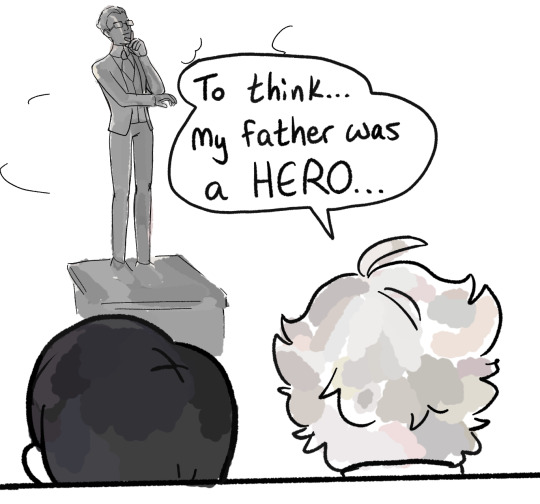
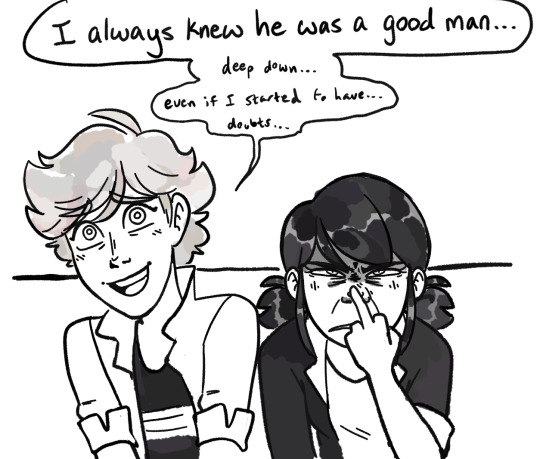
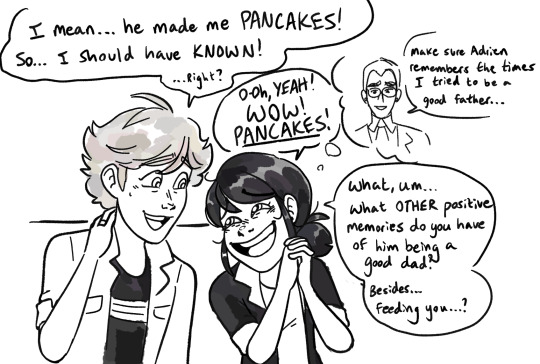

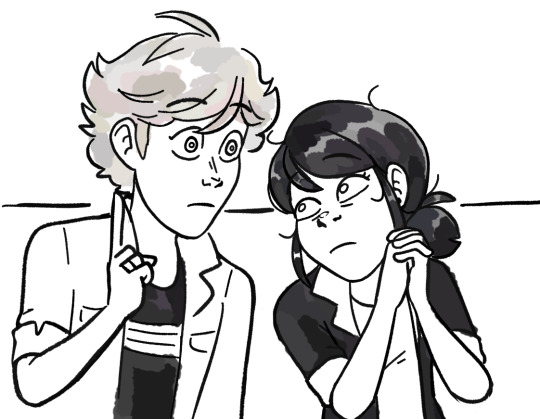

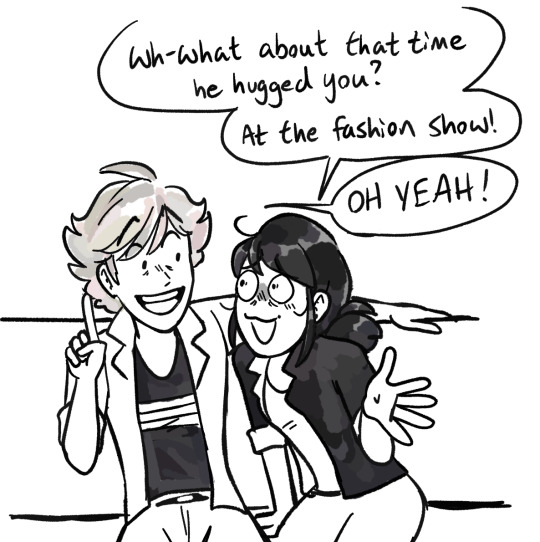



best. dad. ever.
bonus:

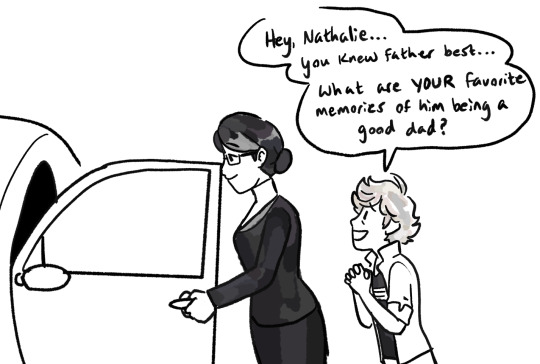
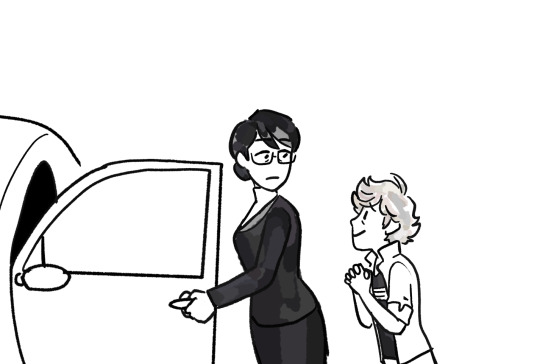
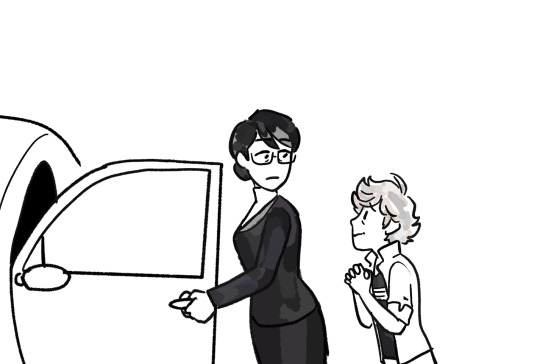

#miraculous#miraculous ladybug#ml#gabriel agreste#adrien agreste#marinette dupain cheng#marinette dupain-cheng#adrienette#adrinette#nathalie sancoeur#my art#ml spoilers#ml s5 spoilers#ml s5 finale spoilers#miraculous ladybug spoilers#ml re-creation#re-creation spoilers#ml recreation#recreation spoilers
24K notes
·
View notes
Text
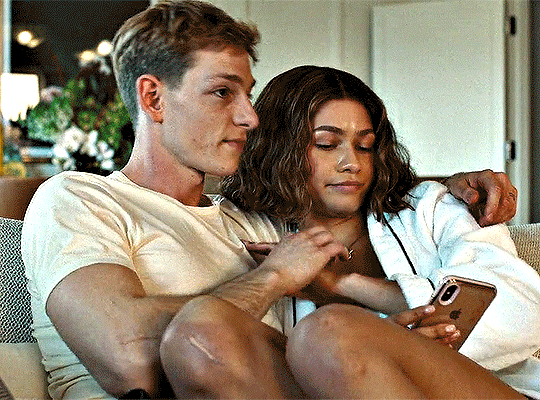

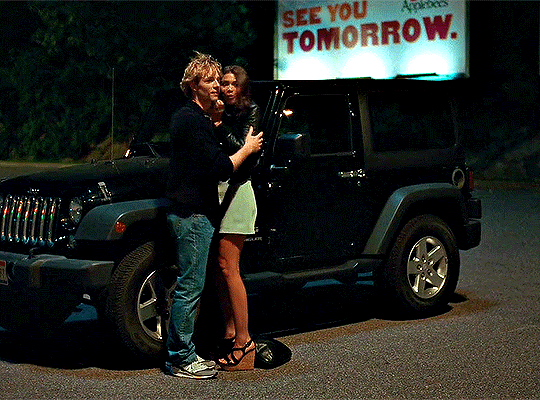

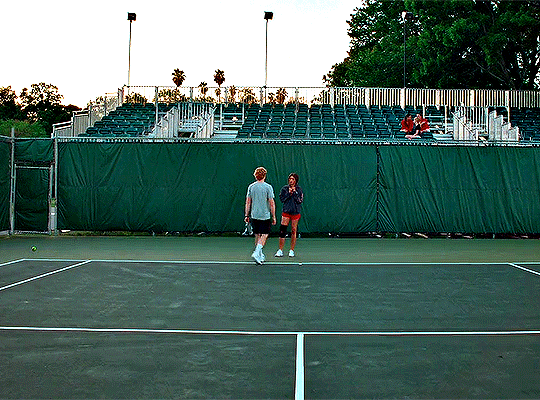
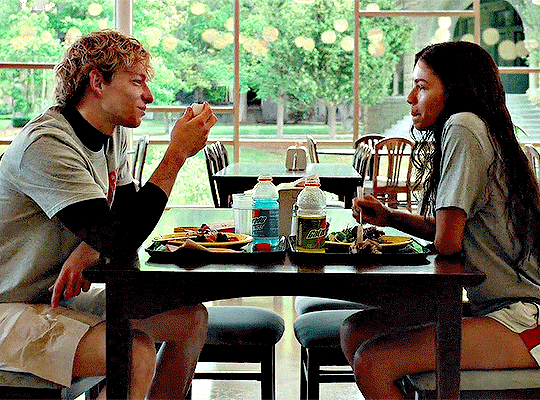


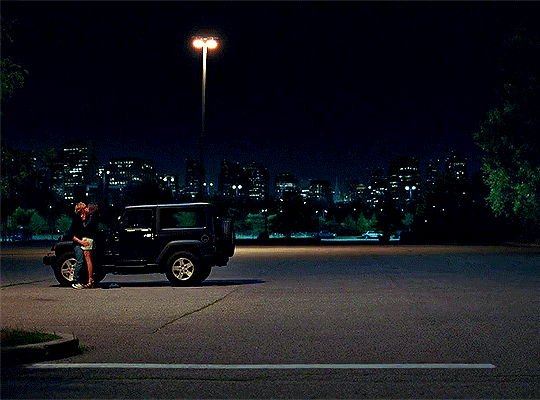

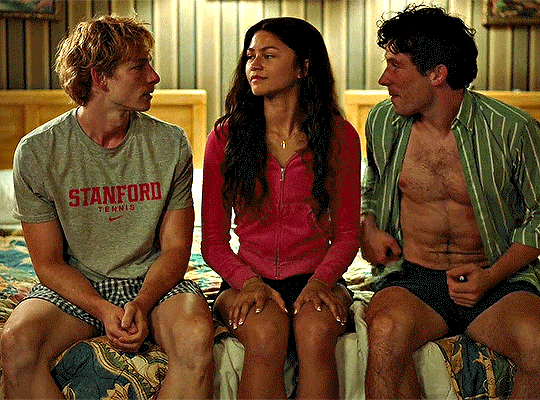


I love you. I know.
#failmarriage!#tashi duncan#zendaya#tashi donaldson#art donaldson#mike faist#challengers#challengersedit#my creations*#tuserjen#useraashna#tuserlucie#tuserdee#userclara#useraurore
5K notes
·
View notes
